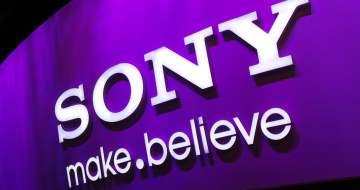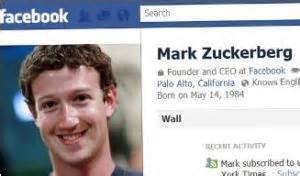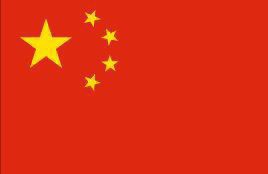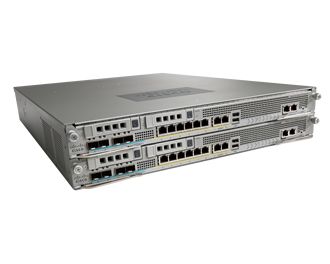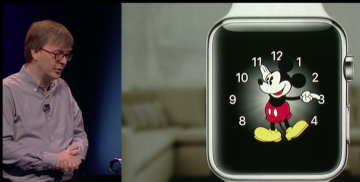 Chipzilla has promised that the gear which comes out under its “internet of things” plans will be getting a lot smaller soon.
Chipzilla has promised that the gear which comes out under its “internet of things” plans will be getting a lot smaller soon.
So far, Intel’s SD card-sized Edison have been mainly adopted by enthusiasts which is normally the kiss of death for manufacturers who want mass sales. However with the next generation,, Intel said that it is considering a different approach to make Curie and its components accessible to a wider audience.
One idea is to sell a prebuilt “board” resembling a button with the Curie chip, wireless circuitry, sensors and expansion ports on it.
Mike Bell, corporate vice president and general manager at Intel’s New Devices Group, told PC World that Intel’s larger wearable computers like the SD card-sized Edison were mainly adopted by enthusiasts.
“You hook up a battery, you hook up some wires, and you have something you can build a product out of,” Bell said.
Another idea is to have a smaller multi-chip package with just the Curie processor, radio and other basic circuitry. It’ll be small and come without the board, and will be ready to implement in wearable devices.
It will be quicker to implement, and should give device makers more flexibility in size when designing wearables.
What is strange however is that Intel has had more success putting its software, called IQs by Intel, in wearables more than its chips. It is seems that this sort of app-like approach is going down well with those who want to build wearables. That software only approach might give Intel a leg-up with Curie. Curie has a low-power Quark chip, Bluetooth wireless capabilities and a sensor hub to track activities like steps. It also has a pattern recognition engine, and software packages are key to analysing collected data.
The health software package will use the pattern recognition engine to analyse steps and other health data. Intel’s idea is turn the whole lot into a data analysis machine.
Fashion companies don’t have time to think about technology, and the software packages make implementing Curie into wearables easy, Bell said.
Intel’s main challenge is ARM and MIPS, whose processors are used in most wearables today.
Chipzilla has technology for smartwatches – it has been trying to peddle its Basis Peak idea mostly through partners. It is already in the market – in a fairly low key way. Intel’s technology is already in SMS Audio’s BioSport earphones and Opening Ceremony’s MICA smart bracelet. Intel has also partnered with eyewear companies Luxottica and Oakley and watch company Fossil Group.
 The Lord Chief Justice has shown he is capable of being the Lord High Executioner after he fired three judges for watching pornography on official court kit.
The Lord Chief Justice has shown he is capable of being the Lord High Executioner after he fired three judges for watching pornography on official court kit.


